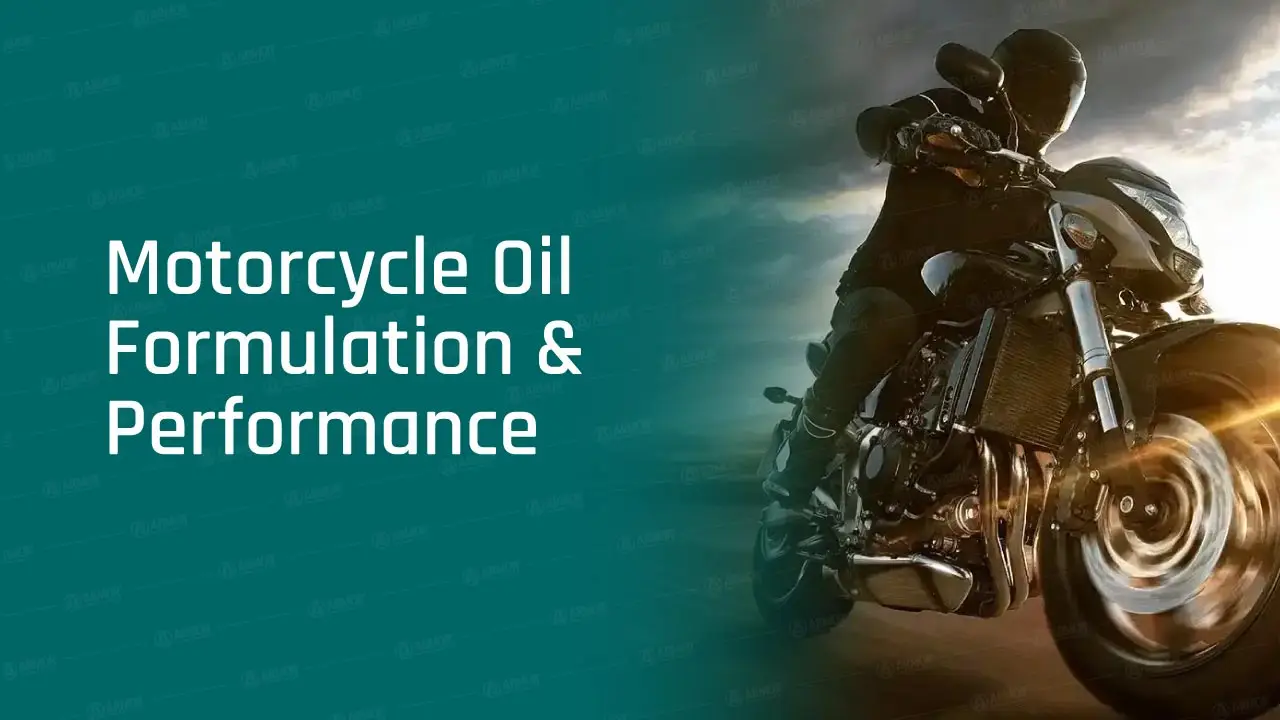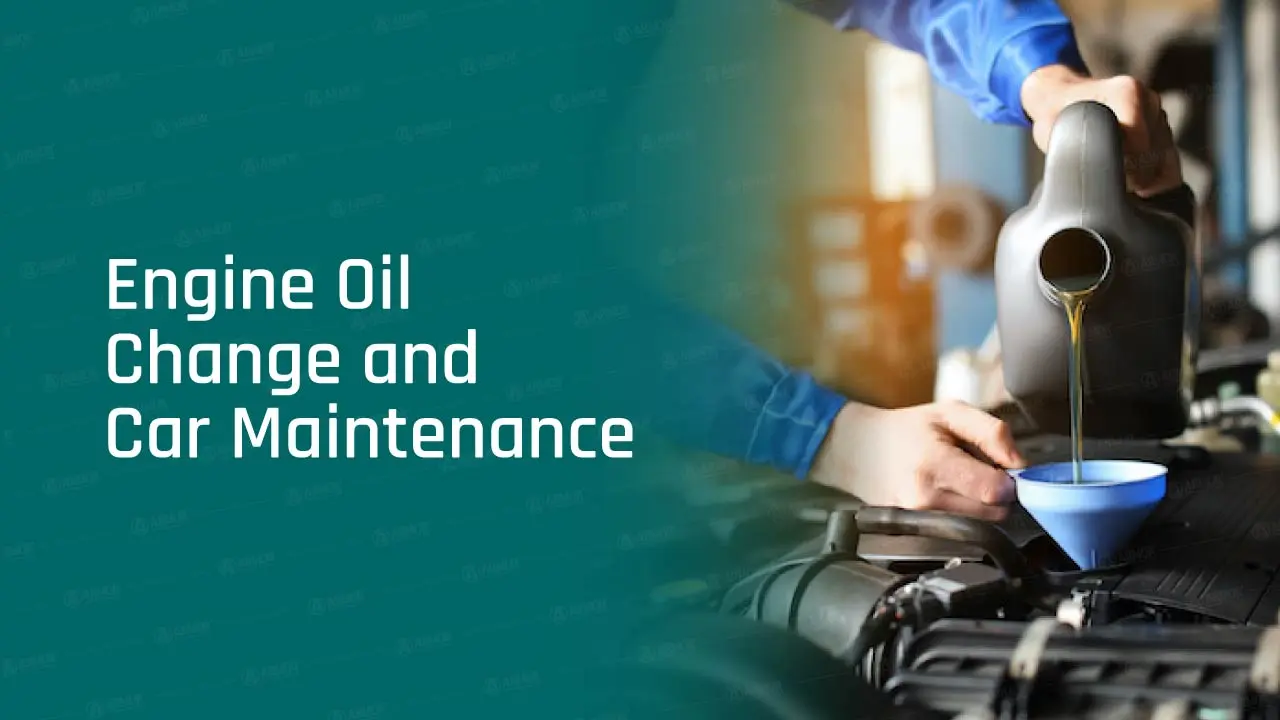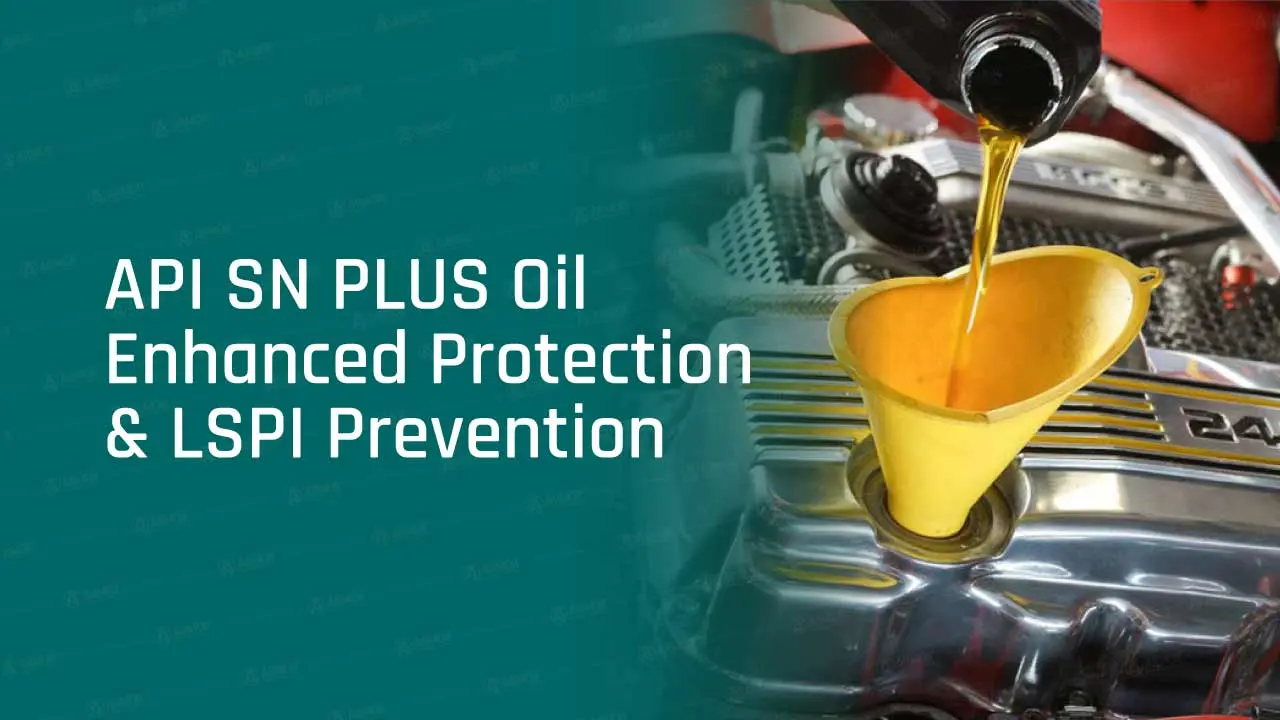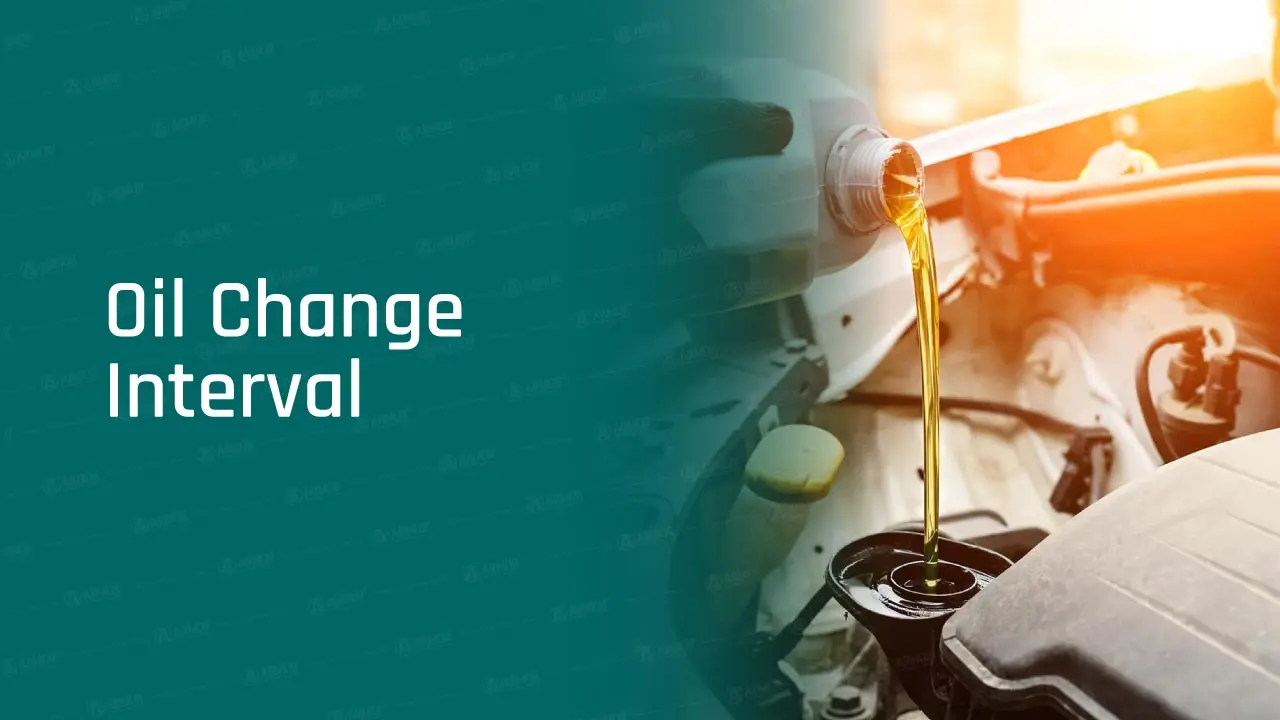- Armor Blog
- Consumer Education
- Motorcycle Oil Formulation and Performance

Motorcycle motor oil formulation remains a essential yet often misunderstood aspect of motorcycle maintenance and performance. The unique demands placed on these specialized lubricants extend far beyond basic friction reduction.
Operating conditions in motorcycle engines create extreme thermal stress, mechanical shear, and chemical degradation challenges that require precise engineering solutions. Understanding these complexities reveals why motorcycle-specific oils play such a crucial role in engine longevity and reliability.
The Fundamental Differences Between Car and Motorcycle Oils
While both car and motorcycle oils serve as vital lubricants, motorcycle engine oils require specialized formulations to address unique challenges not present in automotive applications. Unlike cars, motorcycles often share oil between their engine and wet clutch systems, demanding careful chemical balancing to maintain proper clutch grip while providing engine protection.
Motorcycle oils face extreme operating temperatures, especially in air-cooled engines reaching 3400°F, and must resist deposit formation under these conditions. Their specialized chemistry includes targeted antioxidants, dispersants, and detergents, creating a more expensive but necessary formulation that handles higher oil-to-fuel ratios and maintains stability under intense mechanical stress. Additionally, throttle body cleaner formulations are used to ensure optimal intake system performance, which is crucial for engine efficiency and smooth operation.
Chemical Components That Make Motorcycle Motor Oil Unique
The chemical composition of motorcycle oil contains several unique components that distinguish it from conventional automotive lubricants. These specialized formulations include robust antioxidants and dispersants designed to handle extreme temperatures reaching 3400°F, particularly in air-cooled engines. Premium mineral 20w50 motor oil provides a reliable base with advanced additives for superior performance. The chemistry also incorporates specific friction modifiers tailored for wet clutch systems, marked by MA and MA2 ratings that guarantee proper clutch grip.
Advanced detergents and deposit control additives combat the accelerated oil degradation caused by high heat and demanding operational conditions, all the same maintaining vital shear stability across diverse motorcycle applications.
High Heat Management and Deposit Control
Managing extreme temperatures poses a significant challenge in motorcycle oil formulation, particularly in air-cooled engines where cylinder temperatures can reach 3400°F. These intense conditions accelerate oil degradation and lead to uneven deposit formation, especially in rear cylinders which run hotter.
To combat these issues, motorcycle oils incorporate specialized antioxidants, dispersants, and detergents designed for superior deposit control. Extensive testing, including 250-300 hour cycles under extreme conditions, guarantees oils maintain stability and performance.
Additionally, selecting oils with high-quality ingredients can further enhance deposit resistance and engine longevity. Environmental factors like high ambient temperatures further stress the system, requiring oils to provide consistent protection while preventing valve sticking and performance loss.
Wet Clutch Compatibility and Friction Requirements
Unlike passenger vehicles with separate transmission systems, motorcycles commonly utilize shared lubricant between their engines and wet clutch systems, creating unique formulation requirements for ideal performance. Motorcycle oils must maintain proper friction characteristics while avoiding slipperiness that can lead to clutch failure. Synthetic oils like CK-4 are specifically formulated to provide consistent performance and compatibility with wet clutch systems, ensuring reliable operation.
Specialized ratings like MA and MA2 indicate a oil’s frictional properties, with MA2 providing stronger grip for high-performance applications. – Wet clutch systems demand oils without friction modifiers to prevent clutch slipping – Proper oil chemistry guarantees consistent clutch responsiveness and prevents breakdown – MA and MA2 ratings specify critical friction features for different applications – Standard passenger car lubricants lack necessary wet clutch compatibility properties
Testing Methods and Performance Validation
Rigorous testing protocols form the foundation of motorcycle oil development and validation, encompassing both laboratory and real-world conditions. Extended duration tests, running up to 300 hours, simulate extreme operational scenarios to evaluate deposit formation, wear patterns, and chemical stability.
Manufacturers utilize cost-effective platforms like 2-stroke trimmers to push oils to their performance limits. Testing focuses on high-temperature thresholds, analyzing how oils respond under intense stress. This data enables chemists to refine formulations, bolster heat tolerance, and improve deposit control.
understanding grease properties helps in developing oils with enhanced performance and resilience. The resulting insights drive continuous improvement in oil performance across diverse motorcycle applications and environmental conditions.
Environmental Factors Affecting Oil Performance
The demanding environment in which motorcycles operate presents significant challenges for oil performance and longevity. Motorcycle engines, particularly air-cooled models, can reach cylinder temperatures of up to 3400°F, with rear cylinders experiencing more intense heat and deposit formation.
These extreme conditions accelerate oil degradation and require specialized formulations to maintain protection. Dual clutch transmissions require high-performance fluids that can withstand extreme friction and thermal stress, highlighting the importance of using properly formulated oils. High ambient temperatures compound engine heat stress, leading to faster oil breakdown. Deposit buildup on valves and engine components can cause performance issues.
Extreme operating conditions require improved antioxidants and deposit control additives. Environmental factors influence drain intervals and necessitate specific chemical properties.
Application-Specific Oil Formulations
Different motorcycle engines and operating conditions demand specialized oil formulations to guarantee peak performance and protection. V-twin engines require MA2-rated oils designed for extreme heat resistance and strong clutch grip. In contrast, dirt bikes benefit from MA-rated oils that balance friction characteristics with unique operational stresses.
Laboratory testing and real-world data drive these application-specific formulations. This ensures oils maintain proper viscosity, resist breakdown, and control deposits under diverse conditions. Moreover, using high-quality Engine oils formulated with advanced additives can enhance engine longevity and operational efficiency.
This targeted approach to oil chemistry enables riders to push their machines to the limit while maintaining ideal engine health and clutch responsiveness across varied riding environments.
Laboratory Research and Development Process
Extensive laboratory investigation forms the foundation of motorcycle oil development, combining advanced testing equipment with controlled experimental conditions to evaluate oil performance. Through rigorous 300-hour testing cycles, researchers analyze deposit formation, chemical stability, and wear patterns.
This systematic approach drives innovation in oil formulations, ensuring superior performance across diverse motorcycle applications. Testing procedures incorporate ZF specifications to verify compatibility and adherence to international standards, further assuring quality and reliability.
Long-Term Durability and Protection Strategies
Building upon laboratory insights, successful long-term protection strategies incorporate multiple chemical approaches to combat wear, deposits, and degradation in motorcycle engines. These formulations utilize specialized antioxidants and detergents designed for extreme temperatures up to 340°F, particularly vital for air-cooled engines. A high-quality industrial gear oil can also contribute to better lubrication and protection under heavy-duty conditions.
Extended testing cycles of 250-300 hours validate the durability of these protective compounds. Advanced oil chemistry ensures consistent clutch friction while preventing deposit buildup that could compromise valve operation. This strategic balance of properties creates a protective reserve beyond standard drain intervals, maintaining engine integrity under diverse riding conditions and environmental stresses.
Real-World Performance and Stress Testing
Laboratory testing translates directly into real-world motorcycle motor oil performance through rigorous stress evaluations that simulate extreme riding conditions. Extended test cycles of 250-300 hours push oils beyond typical operational limits, revealing their true capabilities under intense heat and mechanical stress.
Armor 2 Stroke Engine Oil formulations are also tested with high-temperature exposure to ensure they provide reliable engine protection in demanding environments. This data drives precise chemical formulations that deliver superior protection across diverse riding environments.
- 3400°F cylinder temperatures challenge oil stability and deposit control
- Wet clutch compatibility testing guarantees ideal friction and grip
- Two-stroke trimmer engines provide cost-effective extreme condition simulation
- Advanced laboratory analysis identifies performance thresholds of base oils and additives
Takeaway
Motorcycle motor oil formulation represents a highly specialized field of lubricant engineering, requiring precise chemical compositions to meet unique demands. Through rigorous testing and advanced development processes, these oils deliver superior performance in extreme conditions while maintaining wet clutch compatibility.
The continuous evolution of motorcycle oil technology guarantees ideal engine protection, improved durability, and sustained performance across diverse riding conditions.




 Spear lubricants
Spear lubricants Armada lubricant
Armada lubricant Ace lubricants
Ace lubricants Perfect lubricants
Perfect lubricants Enzo lubricants
Enzo lubricants Lawrence lubricants
Lawrence lubricants